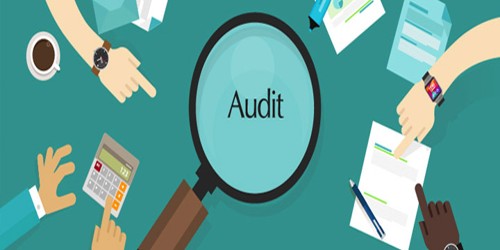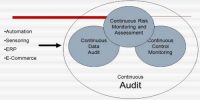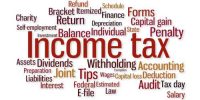Control Activities relevant to Financial Statement Audit
Control activities are those policies and procedures that help ensure that management directives are carried out. They help ensure that necessary actions are taken to address risks to the achievement of the entity’s objectives. Control activities have objectives and are applied at various organizational and functional levels. Control activities that are related to a financial statement audit may be categorized in many different ways.
Information processing control: information processing controls mean risks related to the authorization, completeness, and accuracy of transactions. Most entities, regardless of size, now use computers for information processing in general and for accounting systems in particular.
- General control: General control means the data center organization, hardware, and systems software acquisition and maintenance and backup and recovery procedures.
- Application control: It means the processing of specific types of transactions such as billing customers, paying suppliers, and preparing payroll.
Segregation of Duties: It involves ensuring that individuals do not perform incompatible duties. Duties are considered incompatible from a control standpoint when it is possible for an individual to commit an error and then be in a position to conceal it in their normal course of his or her duties.
Physical Controls: Physical controls are concerned with limiting the following two types of access to assets and important records:
(1) direct physical access and
(2) indirect access through the preparation of documents such as orders and disbursement vouchers that authorize the use or disposition of assets.
Performance Reviews: Examples of performance reviews include management review and analysis of reports that summarize the detail of account balances such as an aged trial balance of accounts receivables or reports of sales activity by region, division, and salesperson or product line.
















